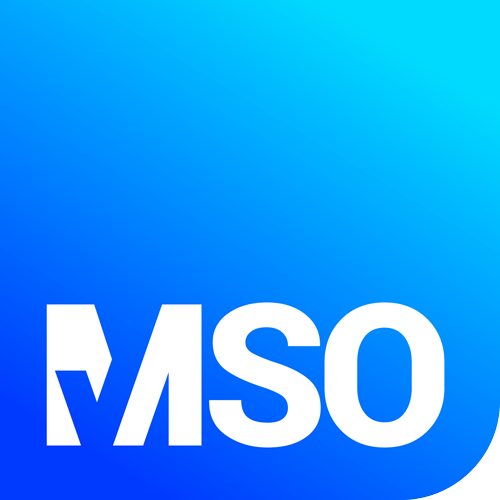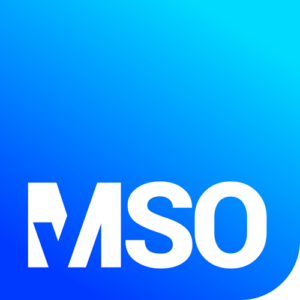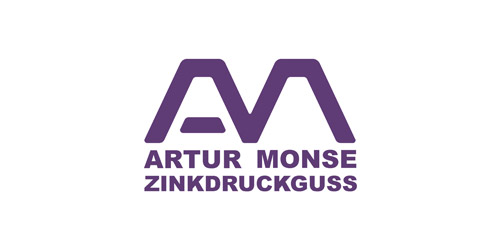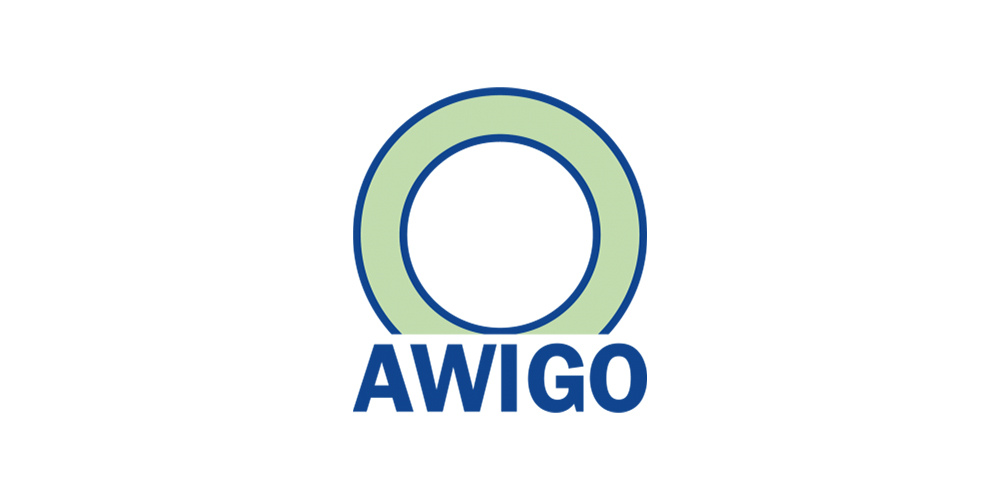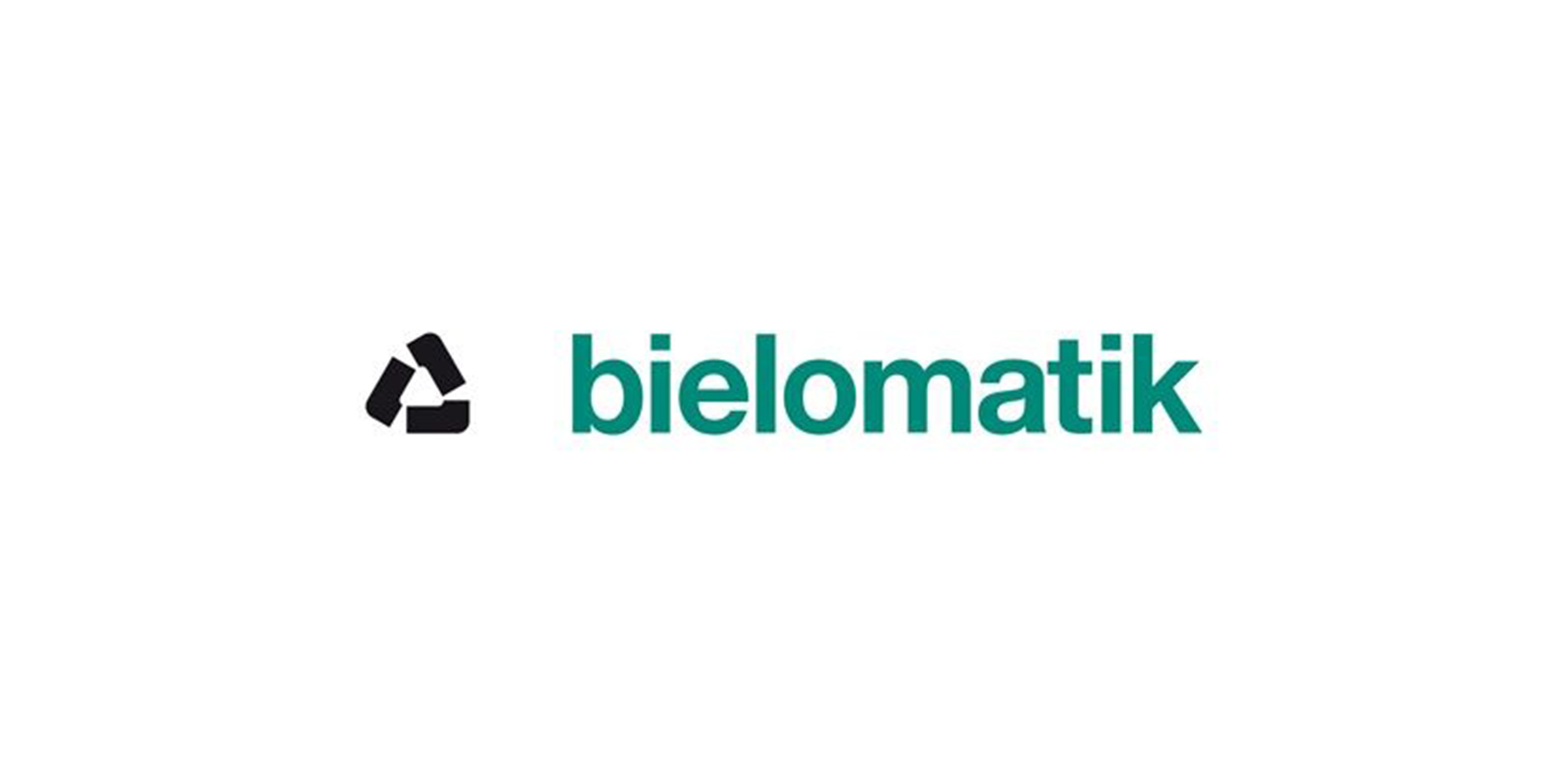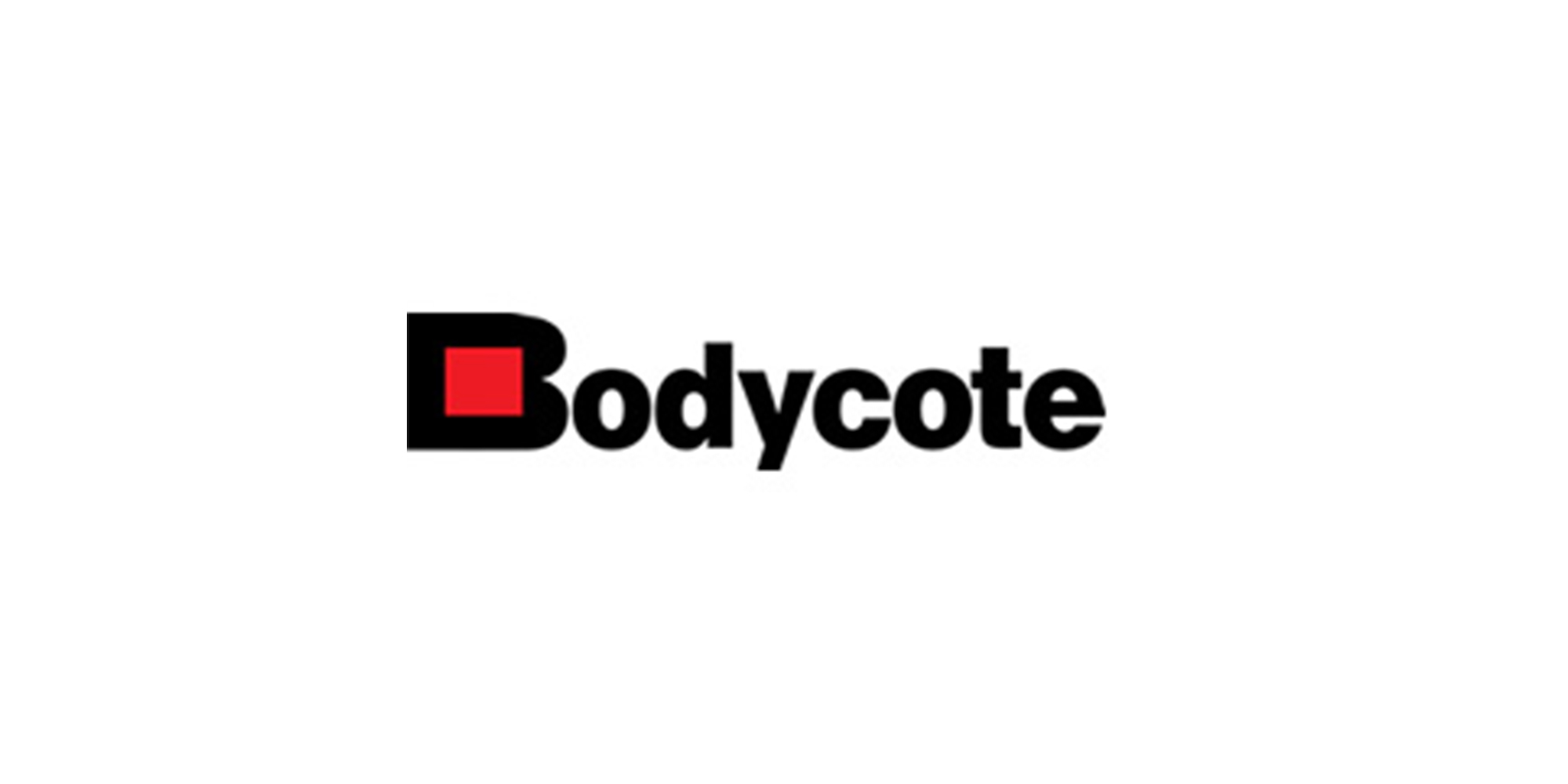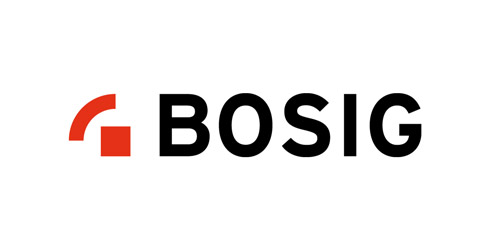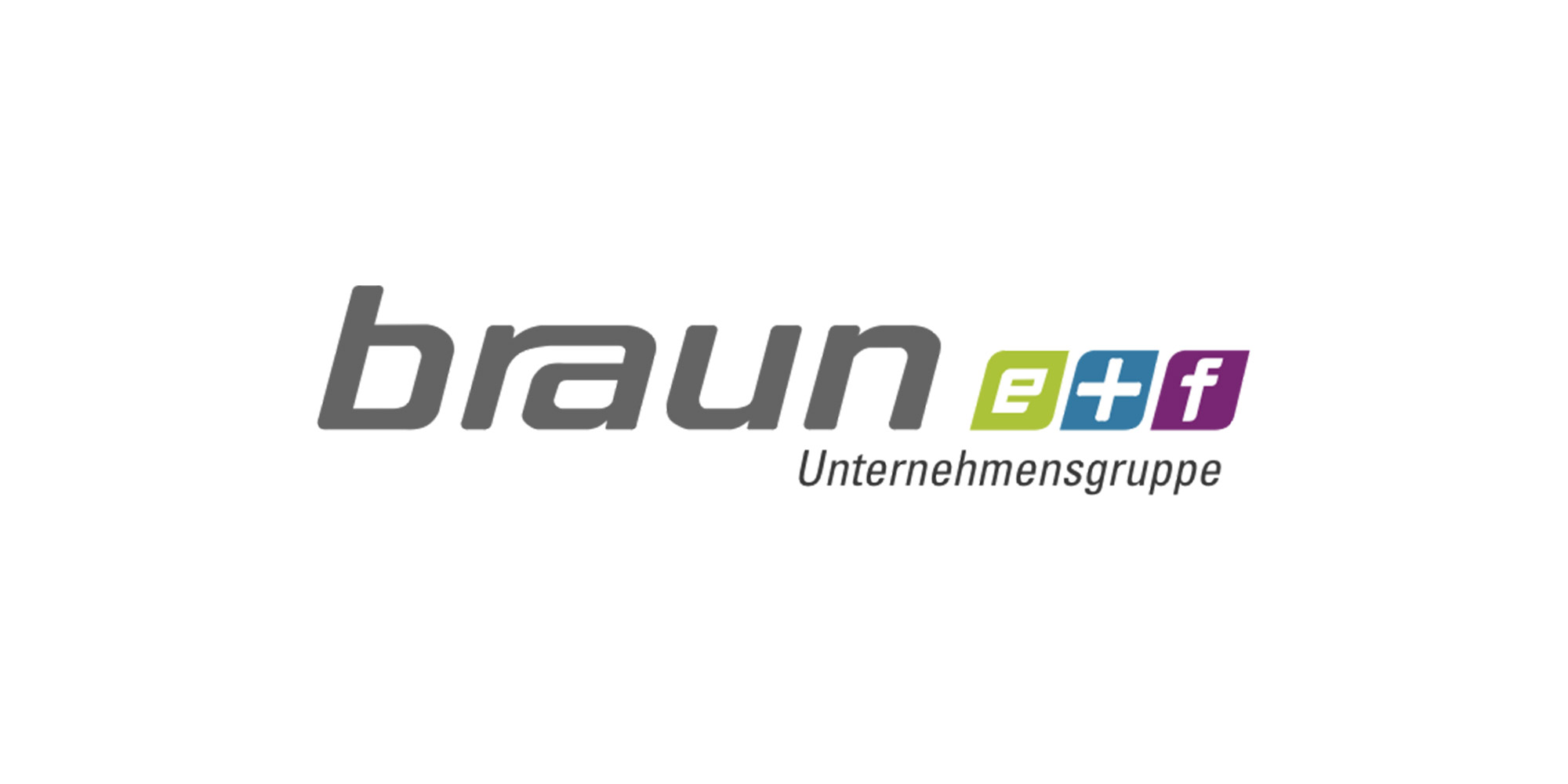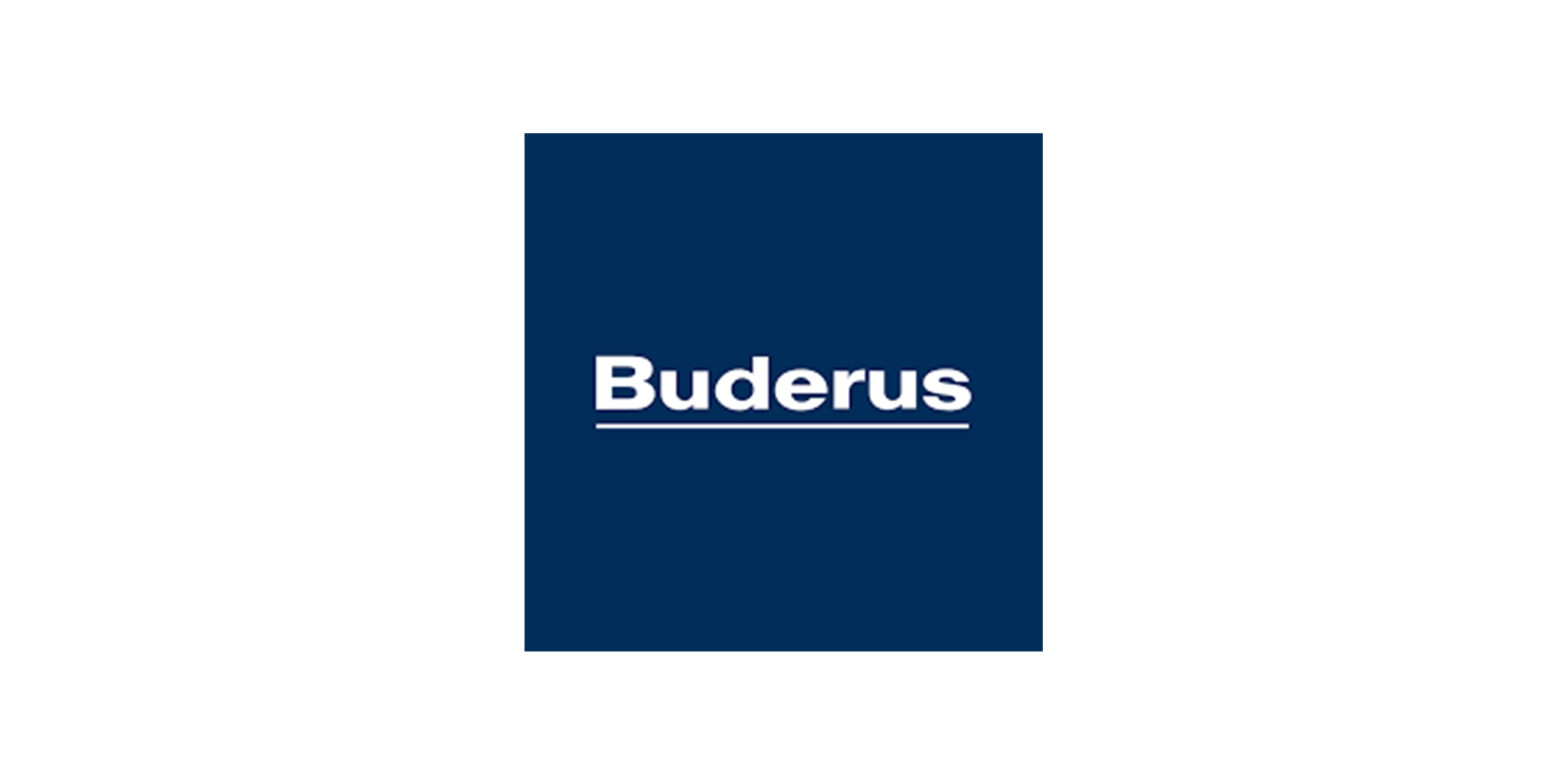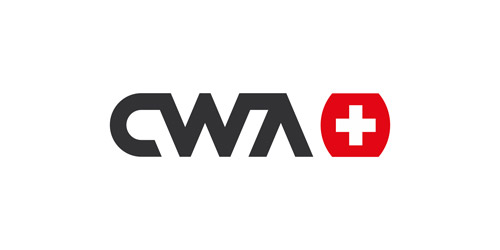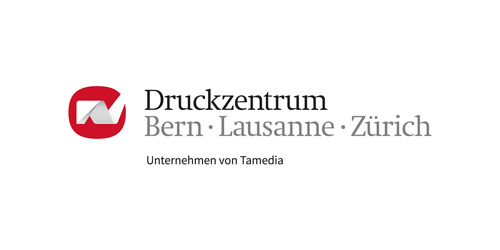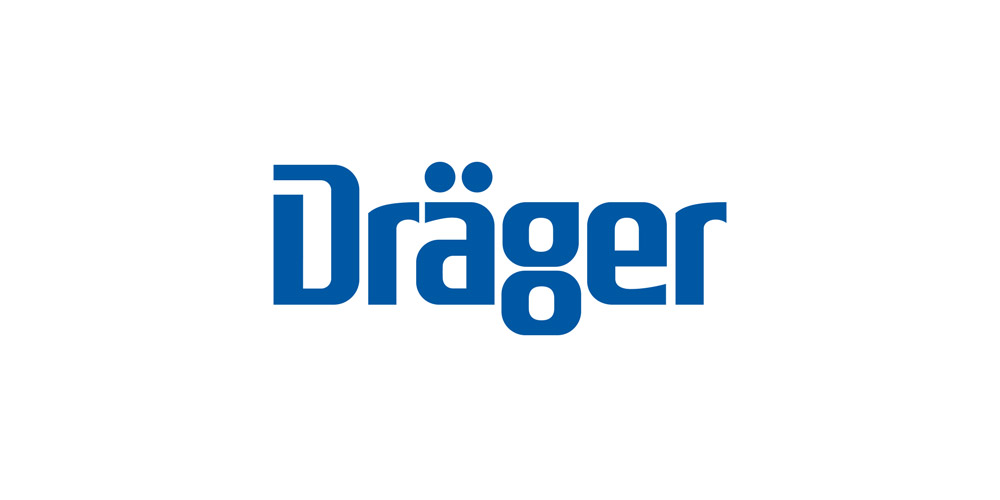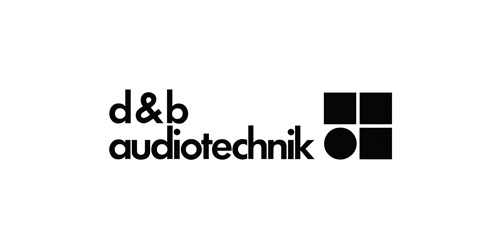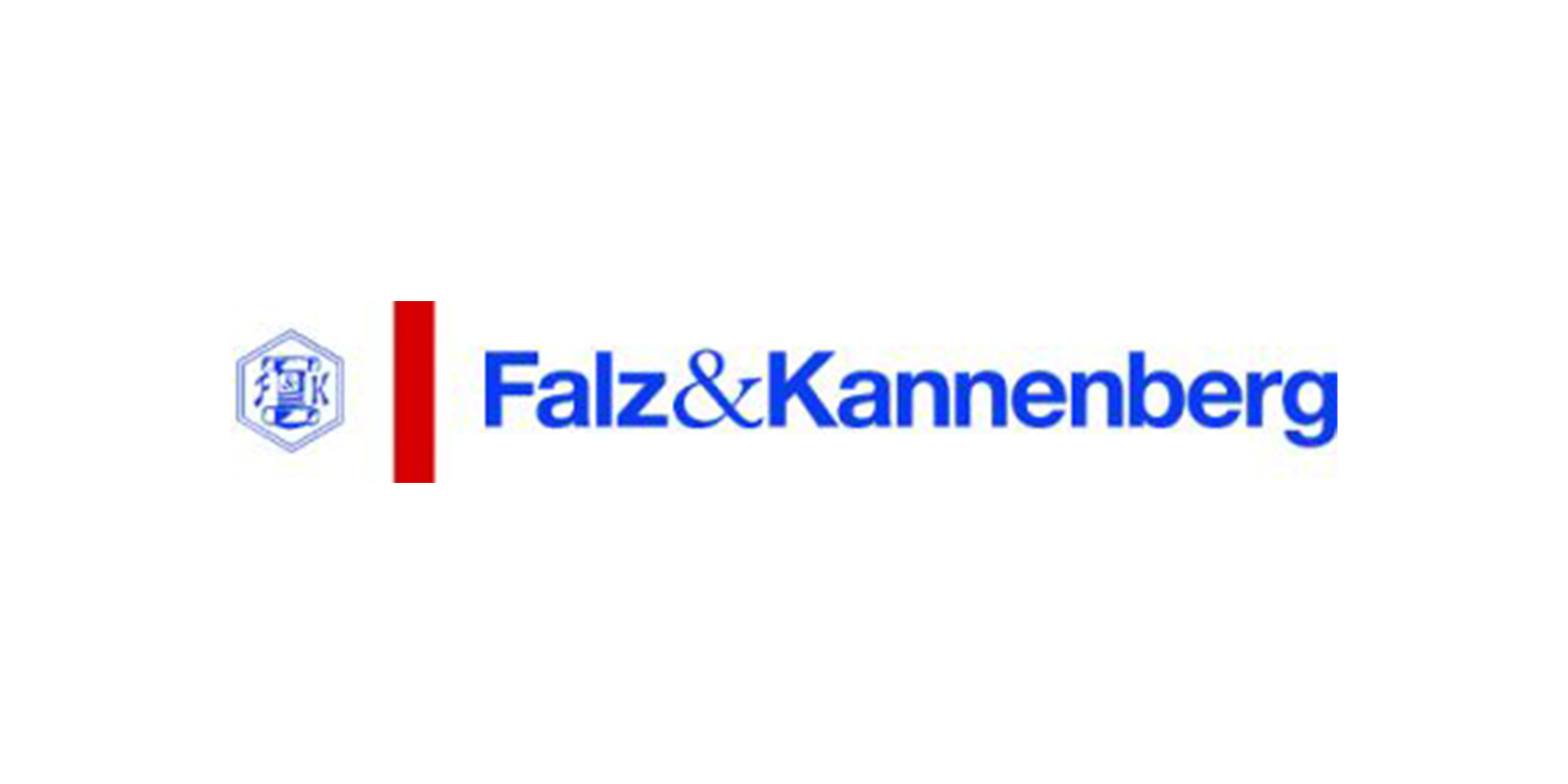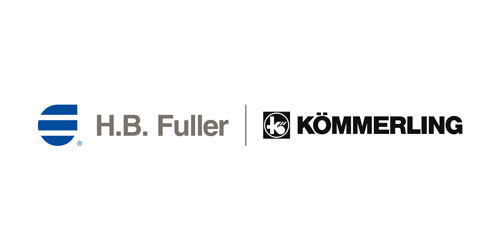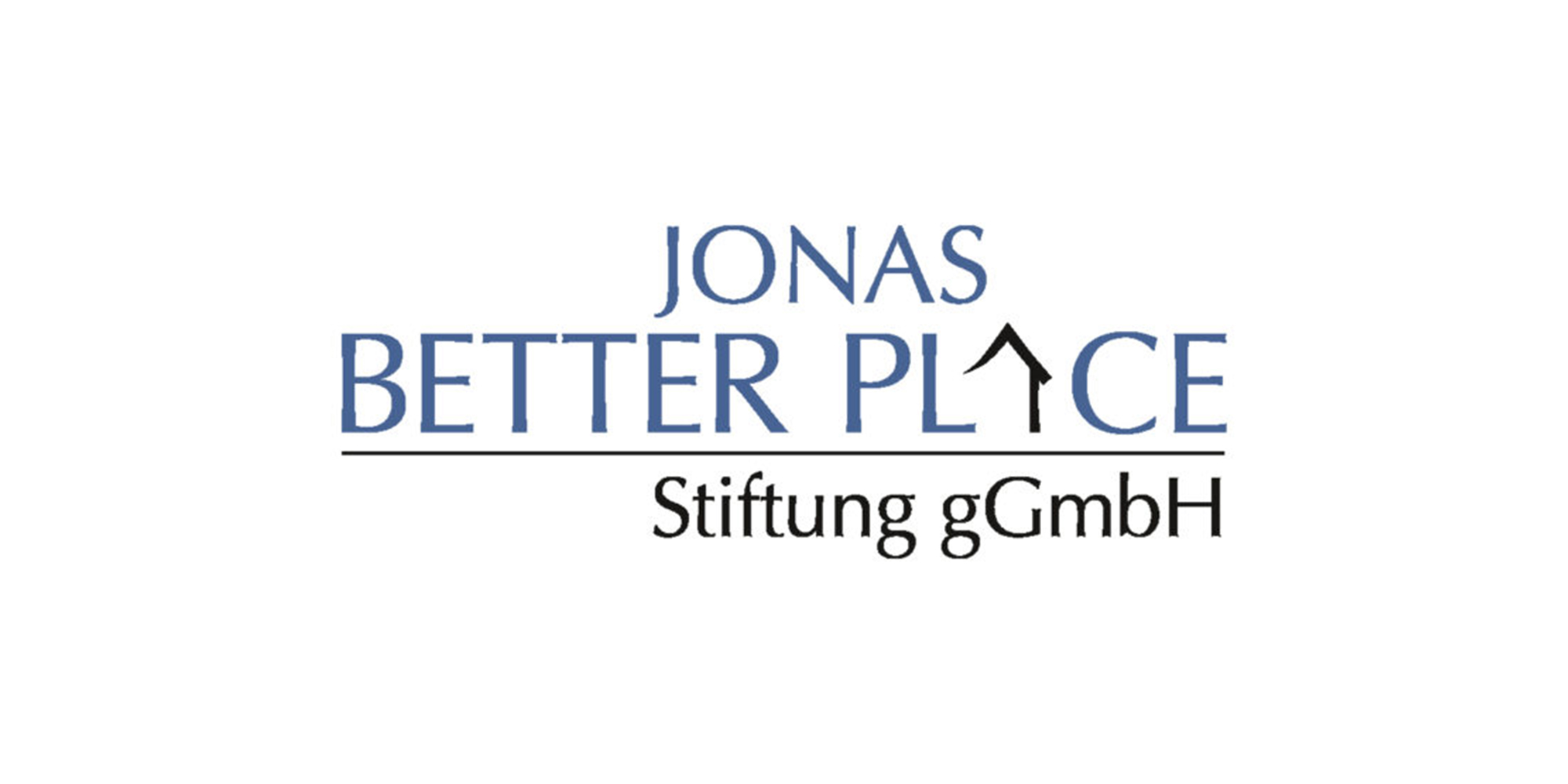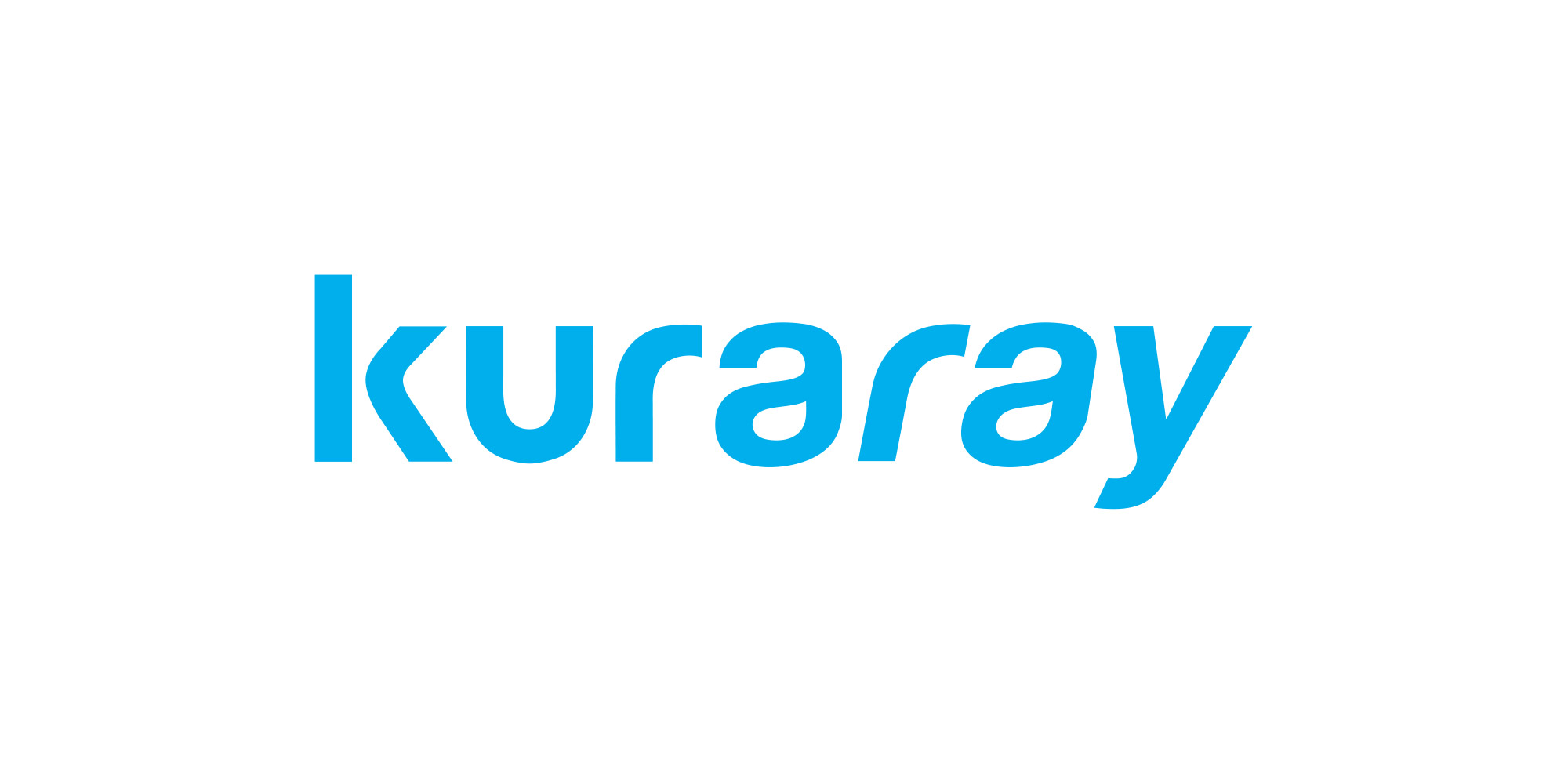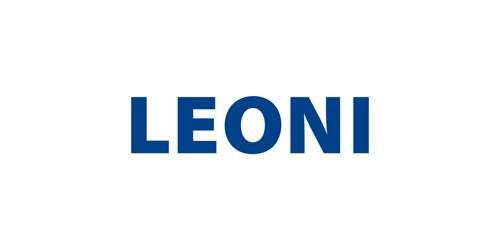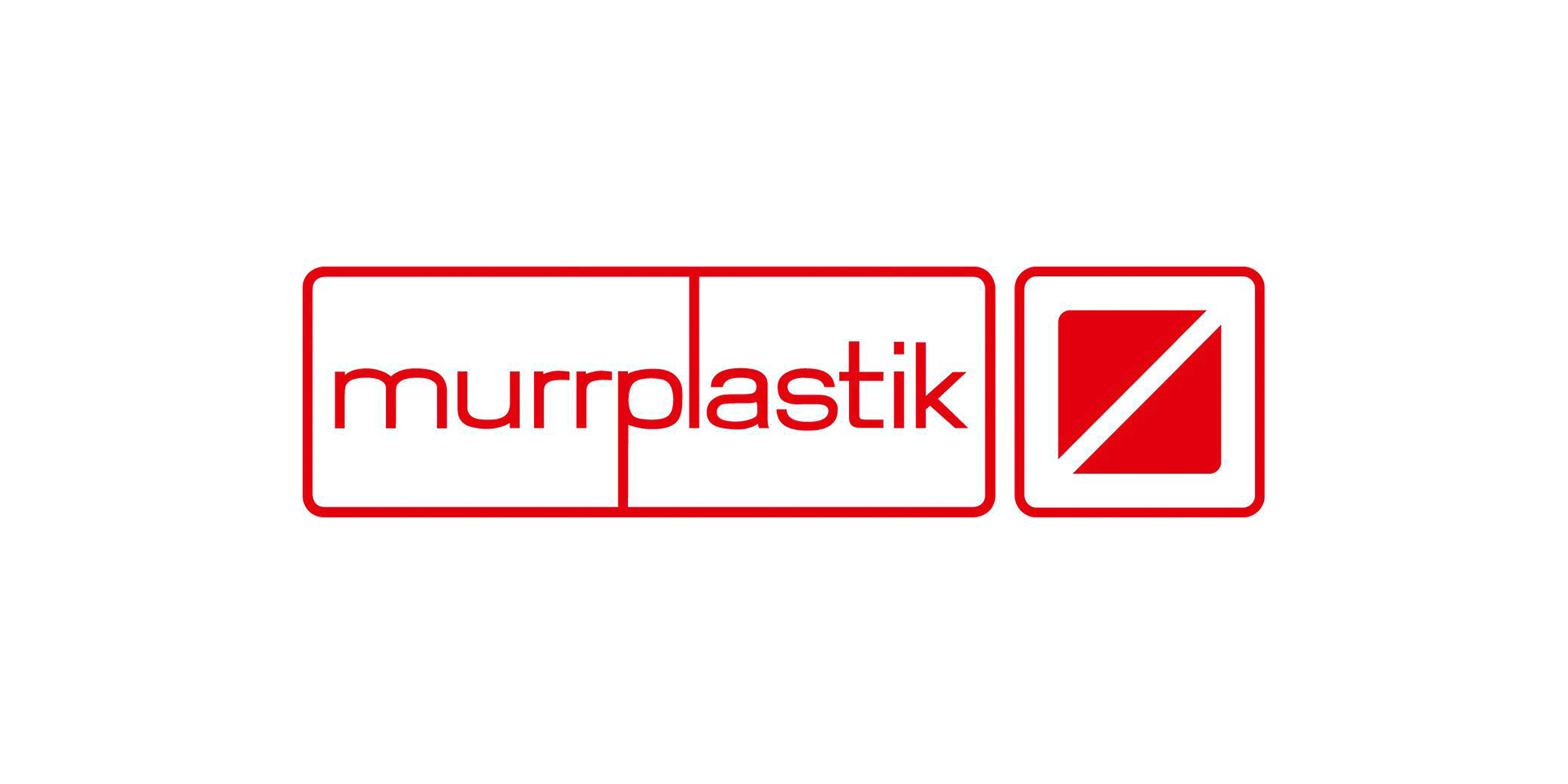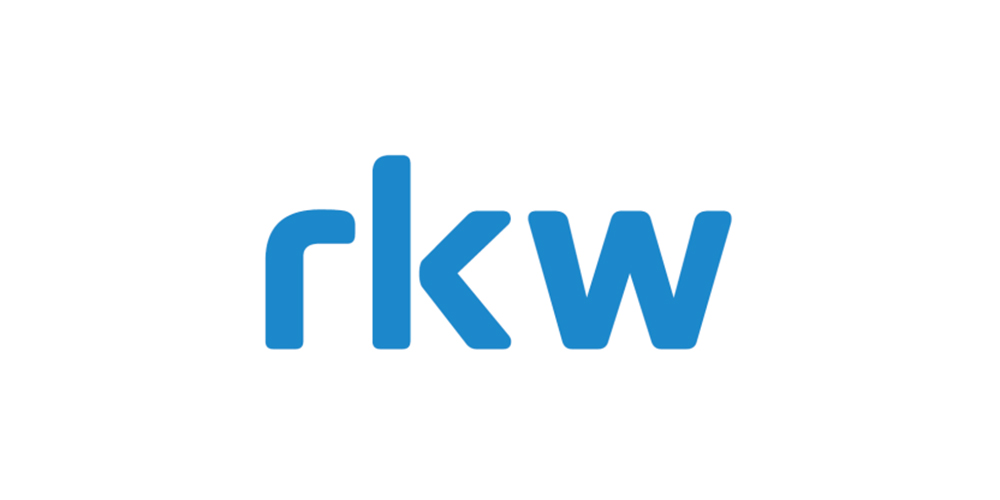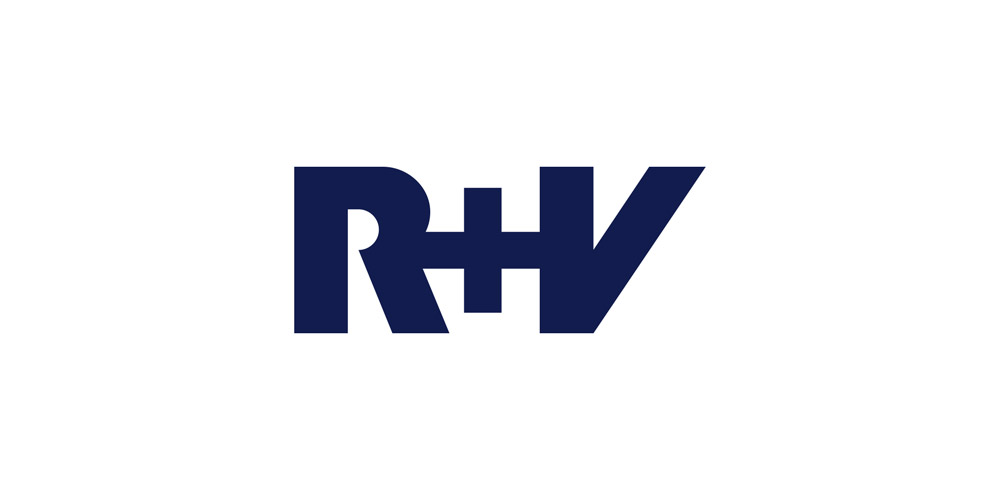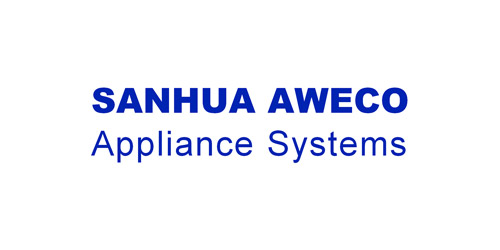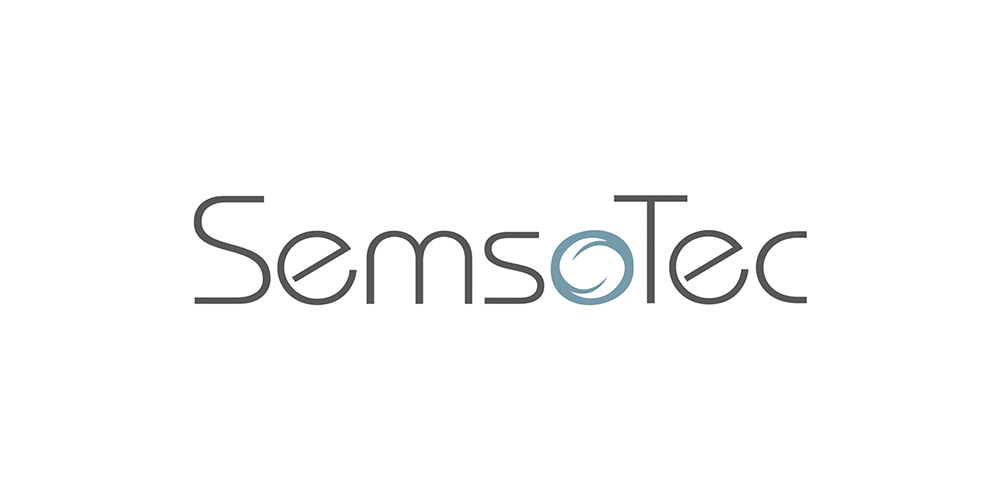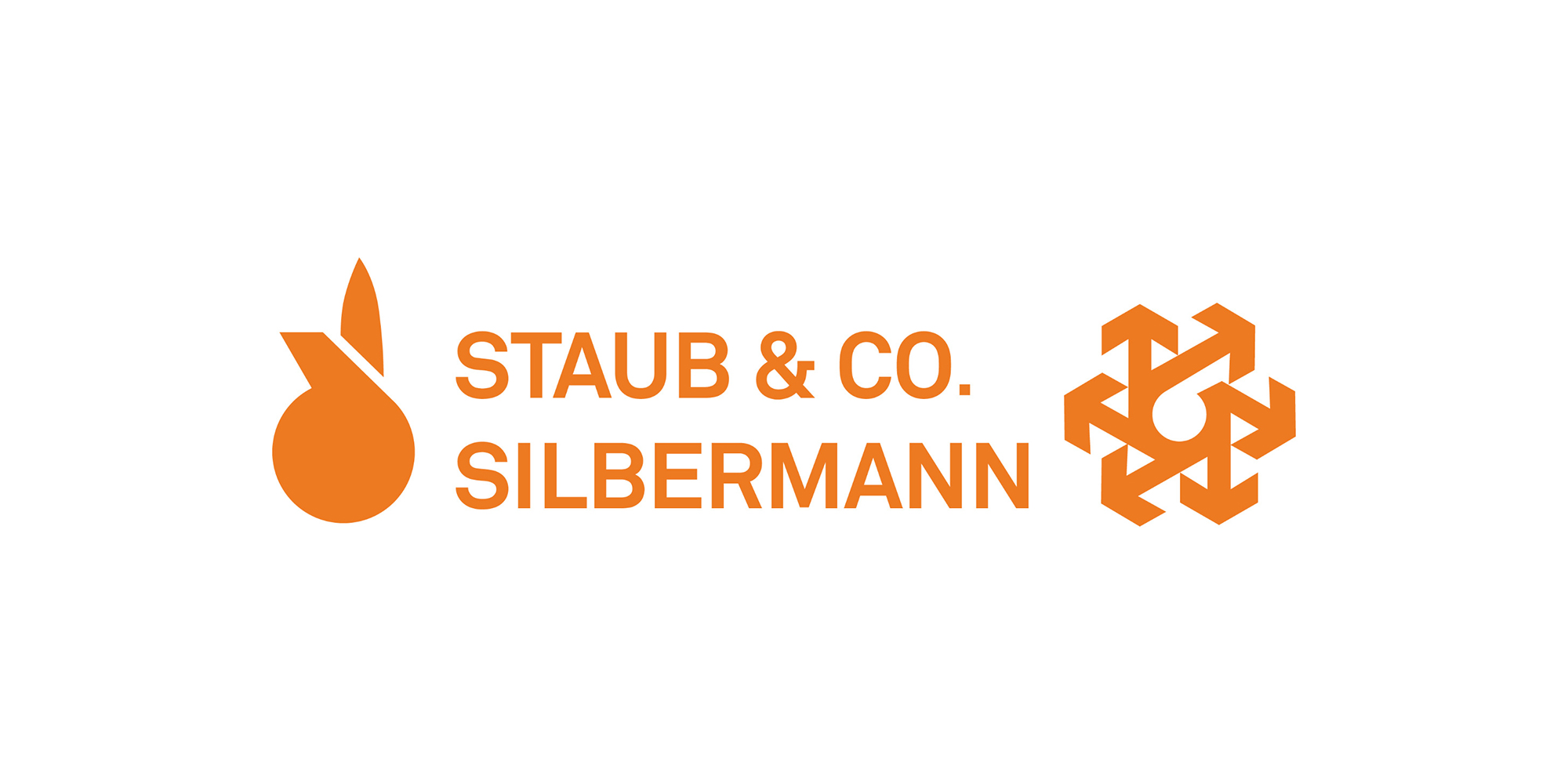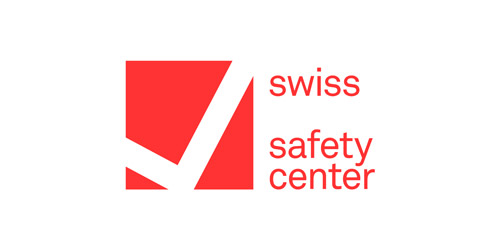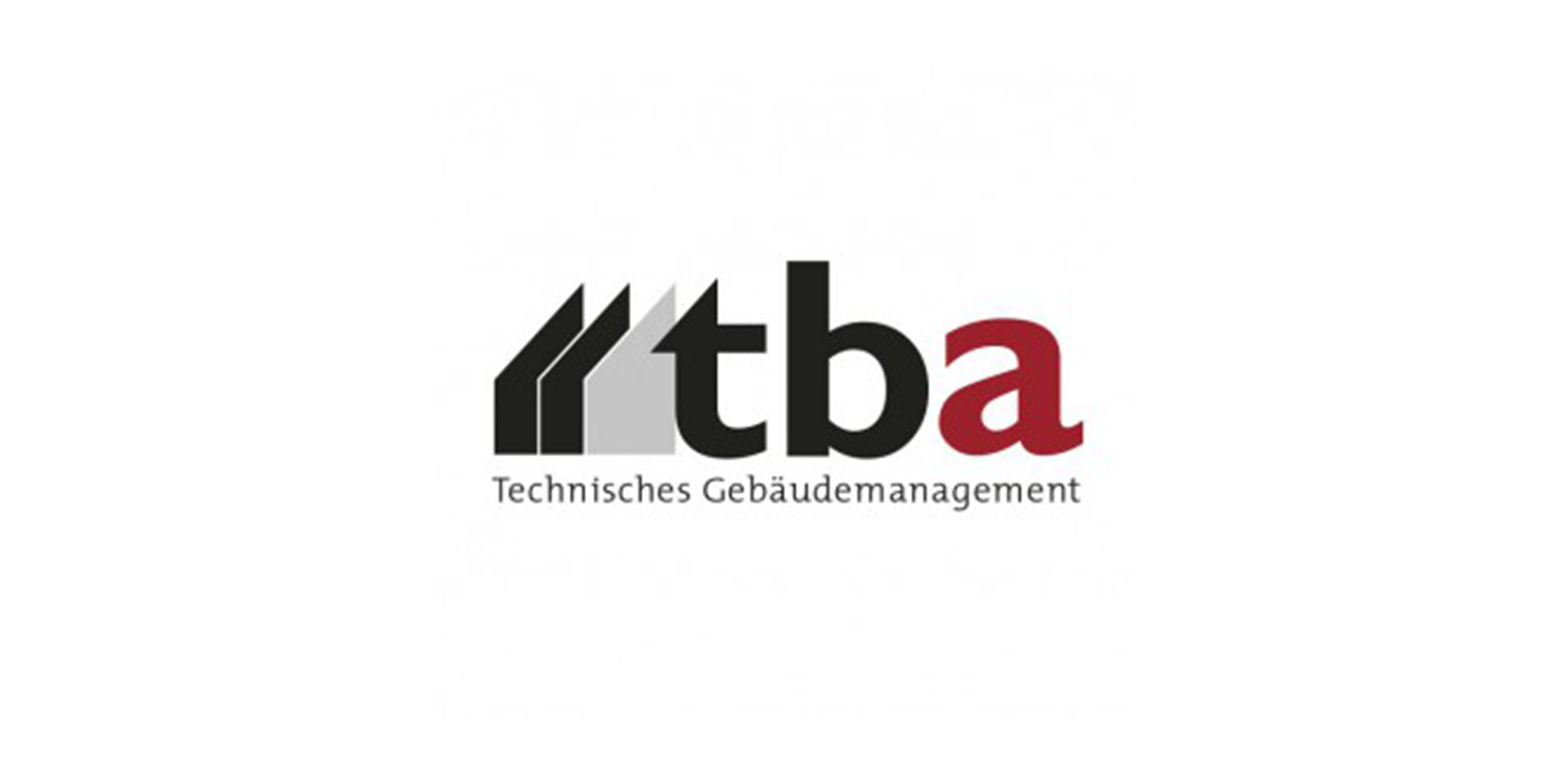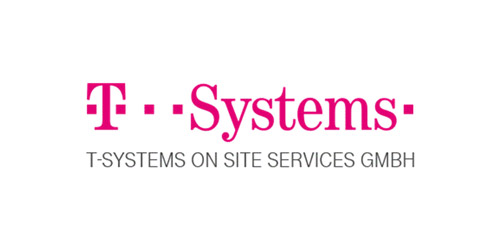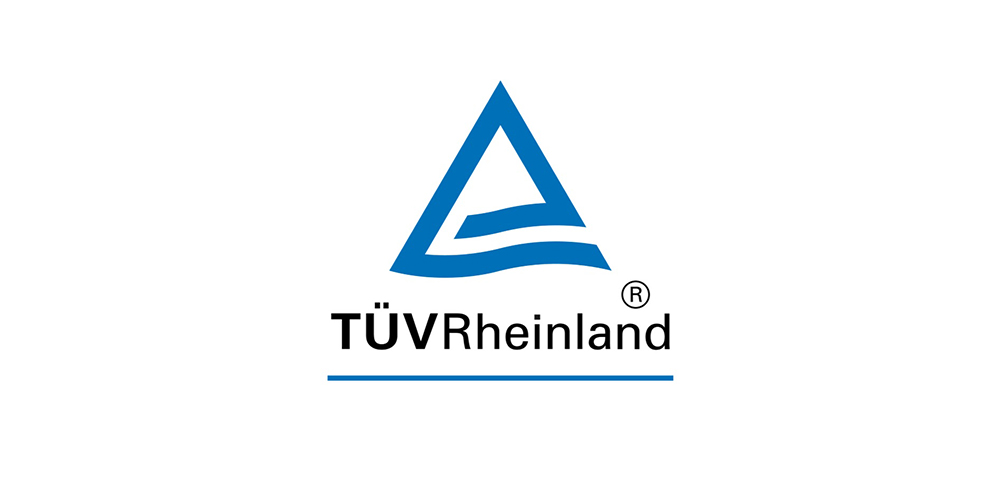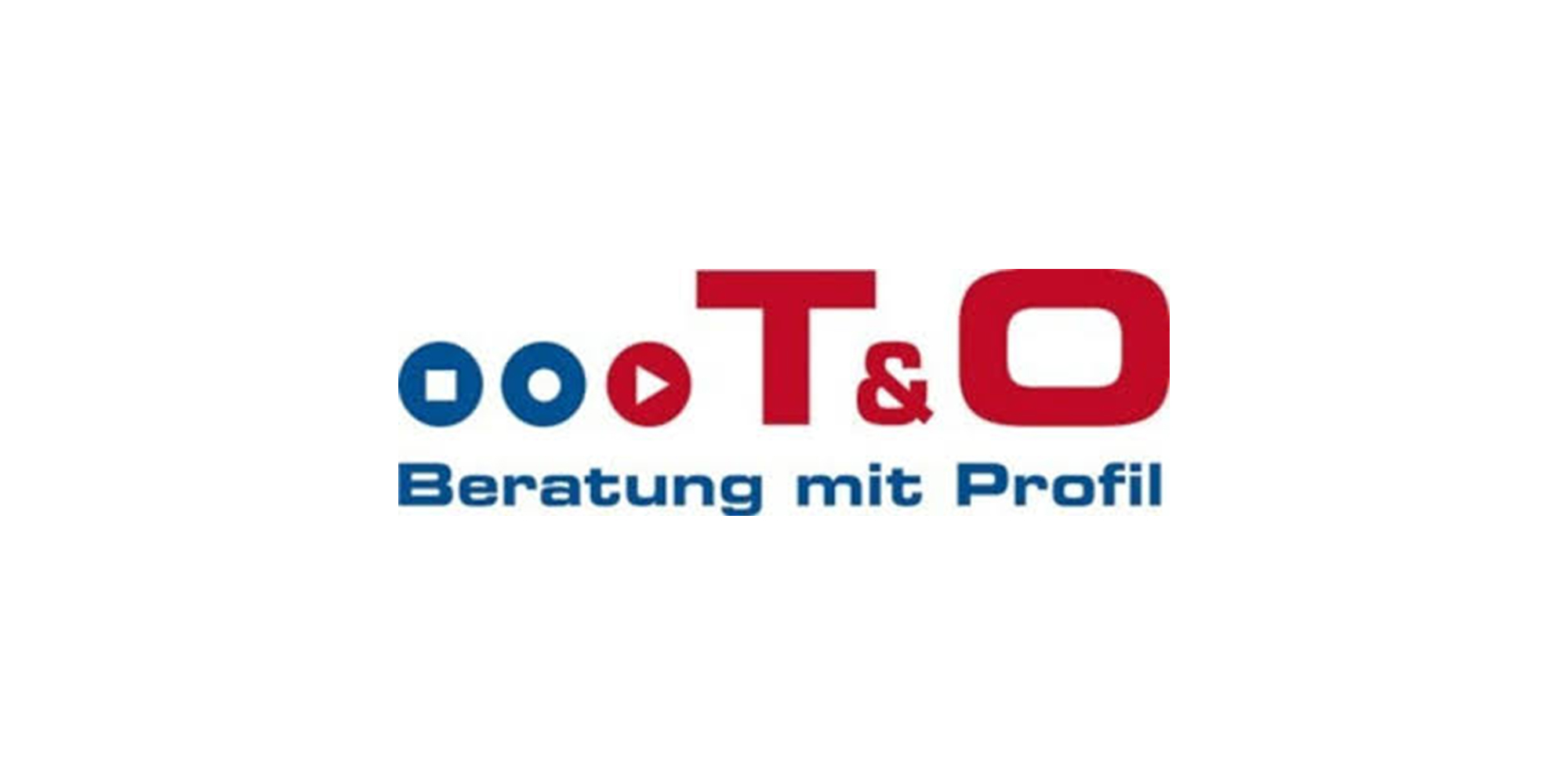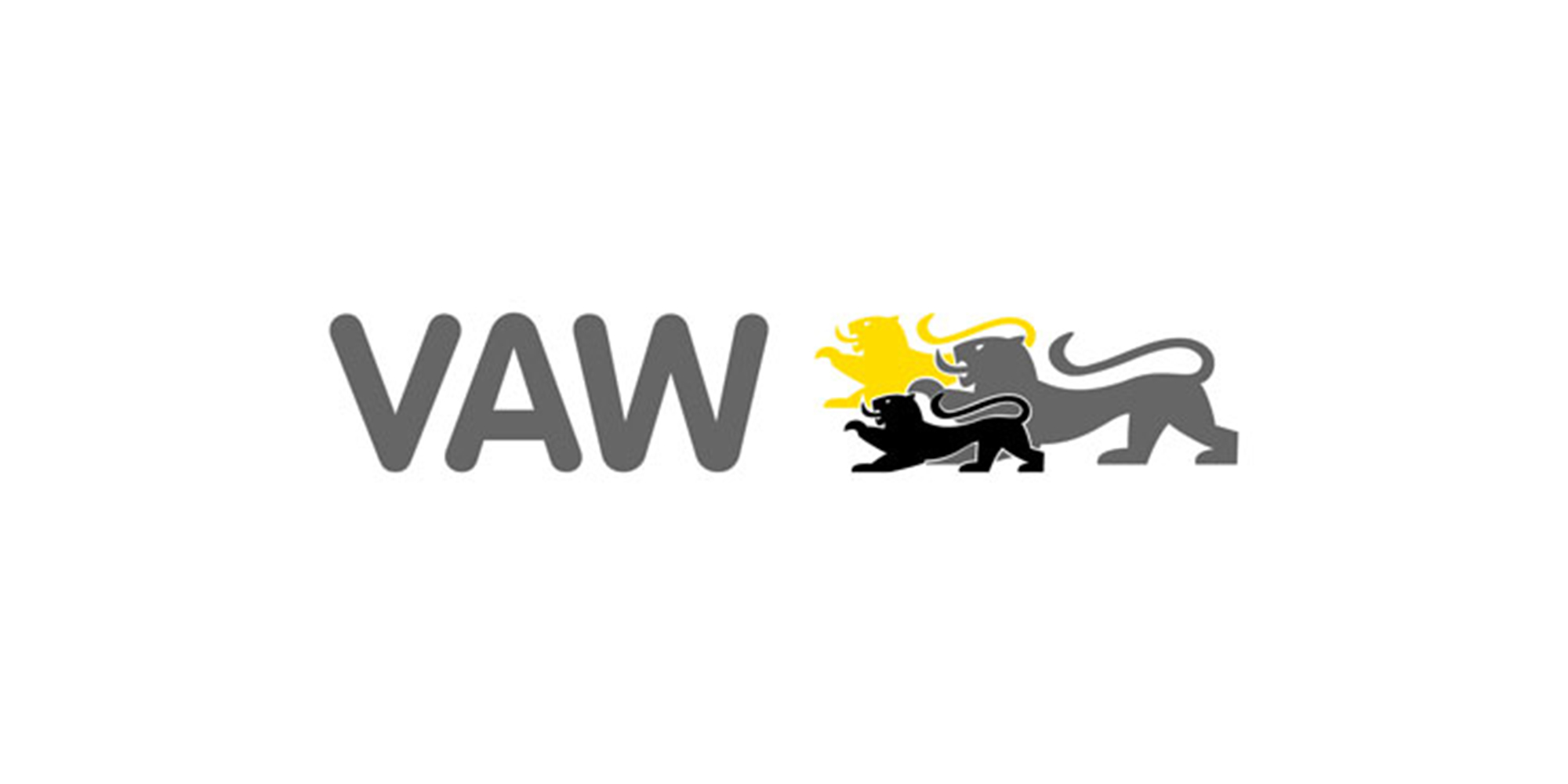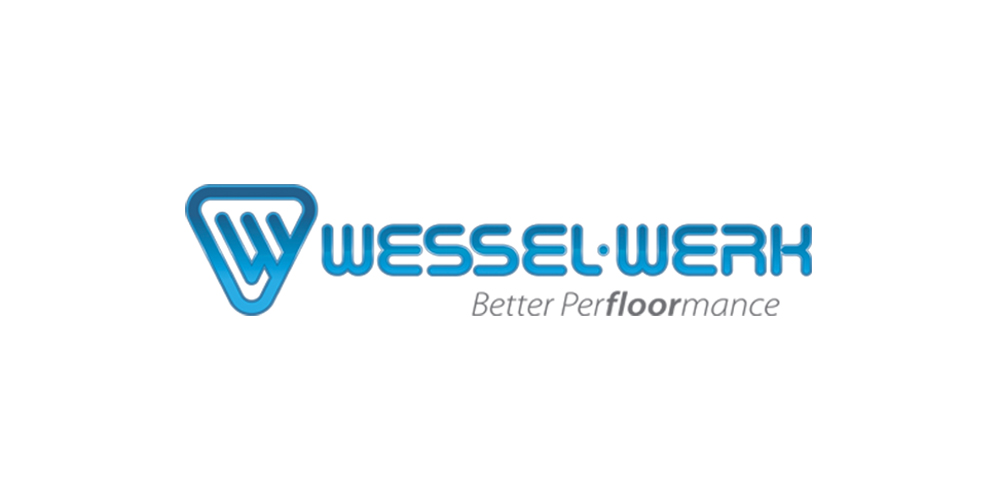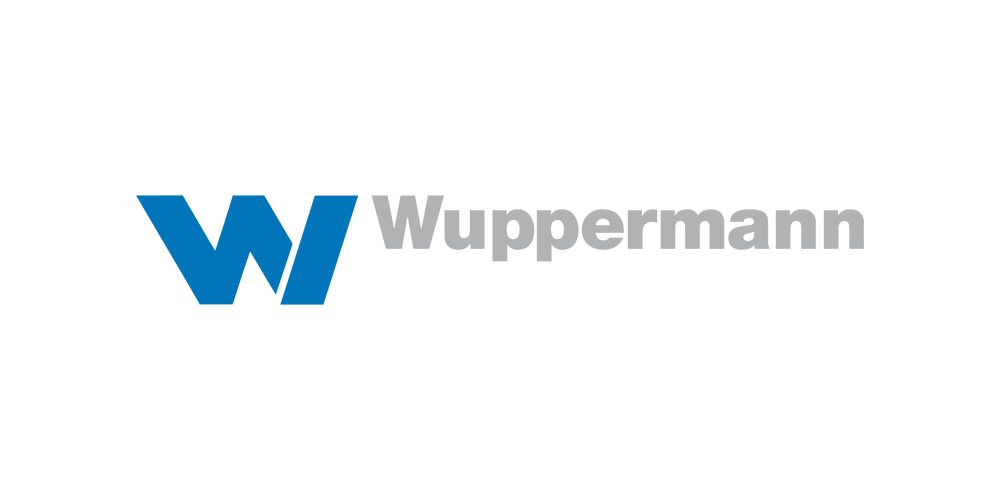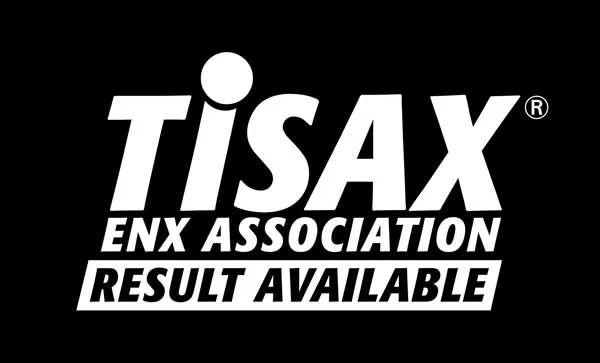MSO:
The Management Software
With MSO, companies take their digitalization into their own hands. With just one tool, you can digitalize, automate and evaluate your individual strategies, programs, projects, measures and processes – regardless of industry, size or complexity of your processes.
MSO:
The Management Software
With MSO, companies take their digitization into their own hands. With just one tool, you can digitize, automate and evaluate your individual strategies, programs, projects, measures and processes – regardless of industry, size or complexity of your processes.
MSO – Digitalize your Management
Boundless flexibility –
countless possibilities
Boundless flexibility –
countless possibilities
As individual as your business
As individual as your business
MSO provides companies with a comprehensive management tool that precisely follows their processes, needs and security requirements. The all in one solution is backed by over 30 years of enterprise level project management experience.
All in one
All management, administration and support processes in just one application – customizable even without in-depth IT knowledge.
Remote access
Always keep track of your processes and the achievement of your goals – even remotely and from any end device.
Maximum transparency
Secure user management: access management via AD, LDAP connection, single sign on, SAML authentification.
Audit and revision security
Maximum transparency and traceability through history function & digital stamp.
Reduction of interfaces
Easy data exchange through import and export function for Excel and CSV as well as provision of individual APIs.
Data availability and transparency
Individual role and rights concept, multi-client capability, anonymization and customized privacy policy.
Data security and validity
Ensuring the highest data protection standards through many years of testing in the enterprise environment.
Targeted reporting
Detailed reporting and meaningful dashboard evaluations with just a few mouse clicks in real time.
Fast adaptability
Thanks to the MSO no-code framework, the software continuously grows with the company’s requirements.
Areas of application
MSO unfolds its strengths wherever companies place a high focus on consolidation, transparency and compliance in the digitalization of their processes. Strategies, projects, measures and many other assets can be individually aligned with MSO along the overarching management goals.
